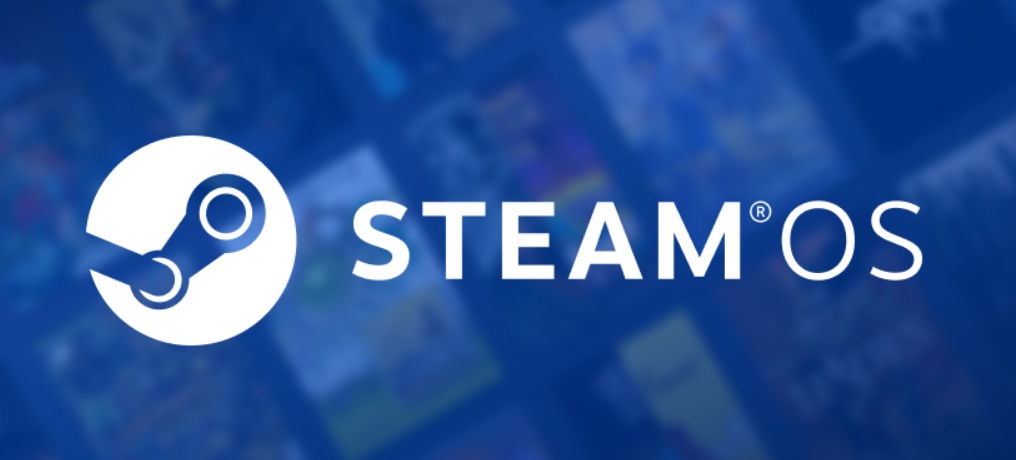The Silicon Valley-headquartered Defense Innovation Unit issued a new solicitation Friday for AI and machine learning applications to boost the performance of the Navy’s maritime operations centers.
The sea service’s maritime operations centers, or MOCs, are part of the Navy’s approach to fleet-level command and control and are expected to be “the center” of how sailors fight in a distributed manner in future battles, according to the CNO Navigation Plan released last year.
“MOCs and the processes they execute, whether in one location or disaggregated, are how fleets convert data into information to deliver decision advantage for the commander. MOCs must be capable of integrating with the Joint Force, Allies, and partners to link our fleet commanders to the range of sensors, shooters, and effectors distributed across the battlespace. To integrate a maneuvering, distributed, information-centric fight requires that we treat MOCs as the weapons systems they are,” then-Chief of Naval Operations Adm. Lisa Franchetti wrote.
She tasked all fleet headquarters, beginning with Pacific Fleet, to have MOCs certified and proficient in command and control, information, intelligence, fires, movement and maneuver, protection, and sustainment functions by 2027.
Franchetti was fired in February by the Trump administration amid a broader removal of senior military leaders at the Pentagon in the early months of President Donald Trump’s second term. Adm. James Kilby has been performing the duties of CNO since then.
Navy leaders have identified AI as a tool that could help commanders and the MOCs.
“One area that can help in that is probably in the area of decision-making, in terms of whether it be AI or some other way of creating an advantage for the commander in terms of that OODA loop that [Pacific Fleet Commander] Adm. [Stephen] Koehler referred to, where we take all this tremendous amounts of data that we have and are able to fuse it quickly into a coherent picture that matches the commander’s timing and tempo and sequencing of events that needs to occur as he or she makes those decisions,” Vice Adm. Michael Vernazza, Naval Information Forces commander, said earlier this year at the WEST conference.
The latest outreach to industry from the Defense Innovation Unit comes via a new solicitation for the Situational Awareness by Intelligent Learning Systems, or SAILS, program.
“U.S. Navy assets generate vast amounts of multi-source tactical data from various platforms, including space-based, shipboard, and airborne assets, as well as unstructured data (intelligence reports, watch logs, etc.) produced by sailors. Currently, Maritime Operations Centers (MOCs) must manage and analyze large volumes of multi-source data generated across the fleet to make critical resource allocation decisions for geographically dispersed fleet and national assets,” DIU officials wrote in a problem statement.
“The Navy seeks commercial AI/ML applications that accelerate the convergence of MOC-destined data inputs (e.g. intelligence reports, satellite-derived data, and existing common operational picture tools, etc.) to improve situational awareness for operators, and optimize existing decision support tools by offering track confidence scoring and real-time recommendations to assist commanders in allocating geographically dispersed resources (e.g. satellites, aircraft, vessels, etc),” they added.
Desired attributes for the technologies include watchfloor workflow automation via connection to third-party software and data platforms through APIs to deliver models developed for MOC use cases; provision of models to generate track confidence scores and threshold-based alerts to end-users; generation of sensor and resource allocation recommendations that take into account communication bandwidth conditions, geographic constraints, sensor reliability, past model performance, watchstander availability and other information to inform MOC commanders of asset availability and readiness; and “natural language-based model tuning that allows MOC end-users to interactively adjust objective functions, factors, and constraints” while ensuring that the model’s decision-making process is “maximally interpretable and/or explainable,” among other characteristics.
Solutions should enable role-based access control and cross-domain data sharing, comply with NIST 800-171 cybersecurity controls, support deployment on government or contractor-provided infrastructure and allow for operations across different classification levels, among other technical attributes, according to the solicitation.
Industry responses to the solicitation are due June 6.









 English (US) ·
English (US) ·